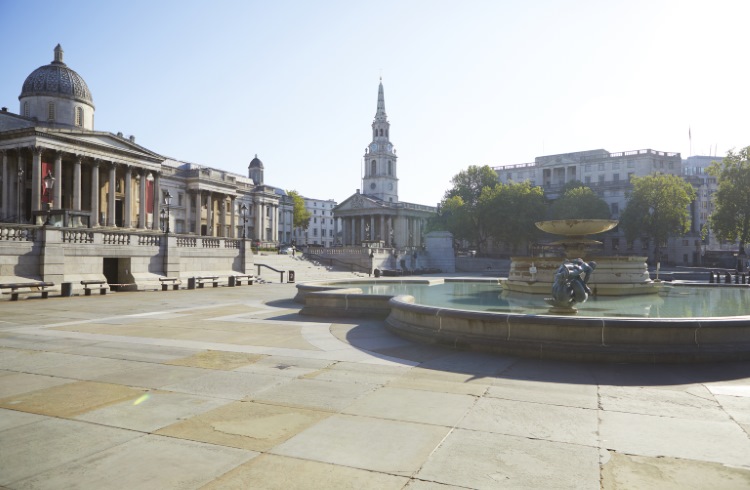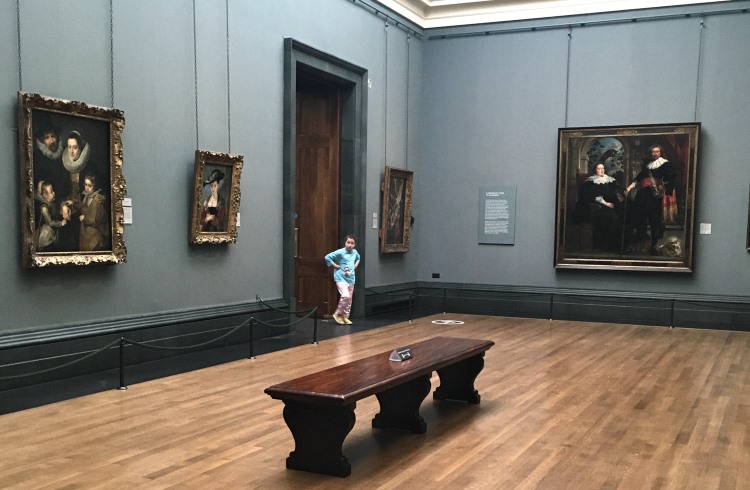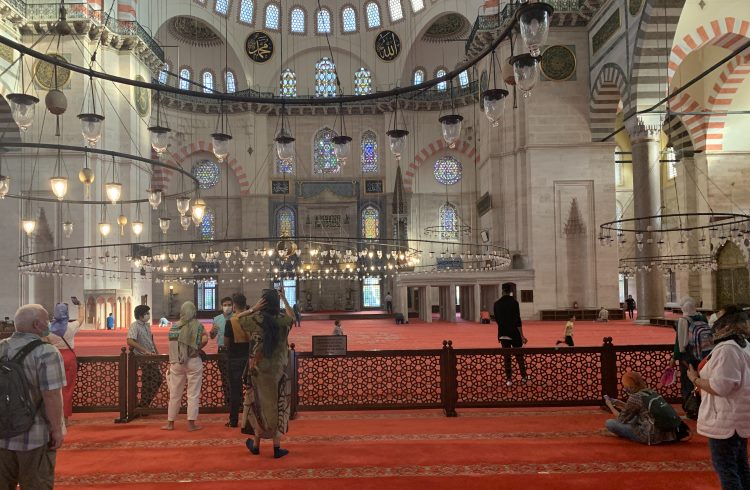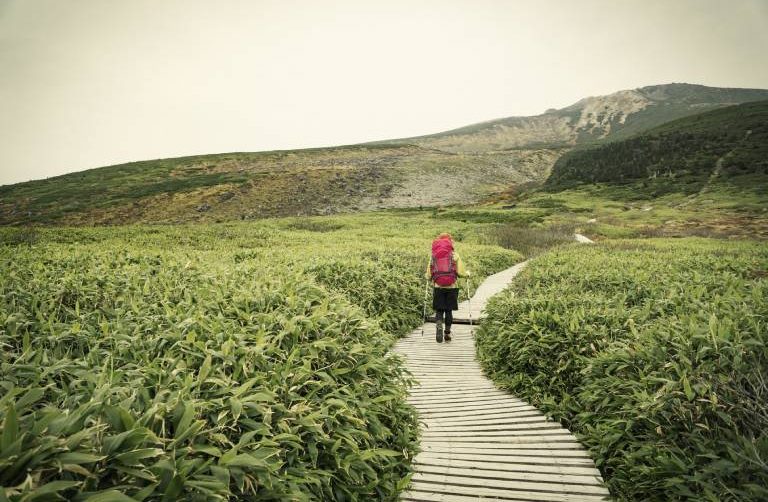Many countries have opened their borders to international travelers – but visitor numbers are still low. Could this be the ideal time to visit popular cities and sites that are usually overcrowded? Our nomads share their experiences in London and Istanbul.
 Photo © Getty Images / Westend61
Photo © Getty Images / Westend61
Visiting London, England, during COVID-19
Update: Due to a rise in COVID-19 cases, England is under a national lockdown. This means the temporary closure of museums and other public venues. Find out the latest COVID-19 travel restrictions across the UK and England.
It is the worst of times, it is the best of times… Charles Dickens might well tweak his famous opening line, from A Tale of Two Cities, if he was visiting his home town of London right now.
Of course, the threat of COVID-19 lurks around every corner like a viral Jack the Ripper, but if you accept the now-quotidian inconveniences of wearing a mask, not being a personal-space invader, and booking ahead, there are astonishing opportunities for travelers to enjoy normally crowded places.
Sitting alone in the Impressionists room of the National Gallery, gazing at a Monet painting of his garden at Giverny, from a distance of about 13ft (4m), with no one to obstruct my view, I was moved to tears.
Turning my head to the right, I had a whole wall of Cezannes to myself, and in the next room, an uncluttered view of Van Gogh’s iconic painting of a rush-seated chair, which I could stroll towards at my leisure.
These are works of art we never get to savor up close. We usually have to jostle for position for our brief moment, crammed in front of the canvas between a mass of other people – some appreciating the artworks, others just taking selfies.
To have this billionaire experience – it was like seeing the paintings in a private house – all you need to do is book one of the times slots on the National Gallery website, and choose one of three “art routes” to follow through the gallery.
You do have to wear a mask and respect other people’s space while you go round, but that’s easy when there are so few visitors, compared to this legendary institution’s usually crammed galleries.

Public transport, it has to be said, is not such a pleasure. Although social distancing measures are in place on the Tube and buses, and masks are mandatory, there are always people who think it still counts if it’s tucked under their chin.
London Transport particularly advises that leisure travelers avoid peak times, when locals have to commute to work. I would advise walking whenever possible. - Maggie Alderson
Exploring Istanbul, Turkey during the pandemic
Learn about travel restrictions in Turkey due to COVID-19 and get tips on traveling safely during the pandemic.
When you live in Istanbul, sightseeing is a part of daily life. You get your jewelry fixed at the Grand Bazaar and head to the Spice Bazaar when you run out of thyme. A trip to the fruit and veg stand leads me past the azure Bosphorus, and behind candy-colored, wooden seaside mansions that once belonged to Albanian fishermen, and have been sympathetically renovated into contemporary residences, hipster bars, and design studios.
But this year, after a 14-day quarantine due to COVID-19 virus exposure early in the pandemic and, later, city-wide weekend lockdowns, leaving my apartment became the ultimate luxury. A jaunt to the grocery store became an ecstatic errand – and it felt relatively safe.
Turks are responsive and resilient and seemed to take the pandemic changes in their stride. While anti-maskers stormed the Michigan legislature in my US home state, the Turkish Government supplied citizens with masks and, for the most part, people wore them. Buses limited the number of riders. One of my favorite breakfast spots put planters in between tables to facilitate social distancing. Others converted to QR code menus. Many establishments started body temperature checks.
Then came summer. I grimaced when I saw large clusters of Bosphorus swimmers, screaming and laughing in close proximity, and cringed judgmentally when I saw mask-less selfies of friends on holiday in other parts of Turkey on my social feeds. Eventually, I started to wonder if I was exercising an overabundance of caution. But when the Minister of Health admitted that, since July, the government only reported the number of symptomatic Covid-19 “patients” – not total cases – I was happy I’d chosen a staycation composed of socially-distanced activities.
I went to Arter, a large, airy contemporary art museum in the gentrifying Dolapdere neighborhood. On hot summer weekends, I took the ferry to Burgazada, one of the smaller Princes’ Islands just outside the city. I checked out a new Korean restaurant with outdoor seating and revisited the intricate mosaics at the Chora Mosque (formerly the Chora Museum).
I also visited Hagia Sophia, a much-politicized tourist attraction that, like Chora, is now a mosque. Despite the newly free admission, I didn’t anticipate crowds because of dwindling tourist numbers. Usually, it’s the mountainous building, clad in millennial pink stone, which steals my breath away. This time, the non-socially-distanced queue of hundreds of people snaking its way around the plaza in front of the mosque left me wheezing.
Engaging an official tour guide allows you to skip the line – but not the wait, as the police are now limiting the number of people inside. While some people were tourists, a friendly guide explained, many were Turks from outside Istanbul who wanted to pray at Hagia Sophia, which operated as the Ottomans’ imperial mosque from 1453 to 1935. But when he told us the entire second floor, where most of the glittering gold mosaics are, had been closed for renovation since before the pandemic, I bailed.

Instead of Hagia Sophia, I went to a site I’d never been to, the Sulimaniye Mosque complex, a few tram stops away. There were a few tourists milling about – a Russian family, an English-speaking woman engaged in philosophical conversation with a mosque docent – but the mosque itself was mostly filled with Turkish families. Children ran back and forth across the thick red carpet. Women prayed. When I looked down from the ornately patterned ceiling, I noticed a man splayed out, snoozing, in a side alcove. A father and son joined hands and knelt facing the rainbow-colored stained-glass windows. Apart from the masking tape on the carpet to help visitors socially distance, this mosque is likely much as it always was. In Istanbul, the more things change, the more they stay the same. - Ruth Terry
Related articles
Simple and flexible travel insurance
You can buy at home or while traveling, and claim online from anywhere in the world. With 150+ adventure activities covered and 24/7 emergency assistance.
Get a quote
No Comments